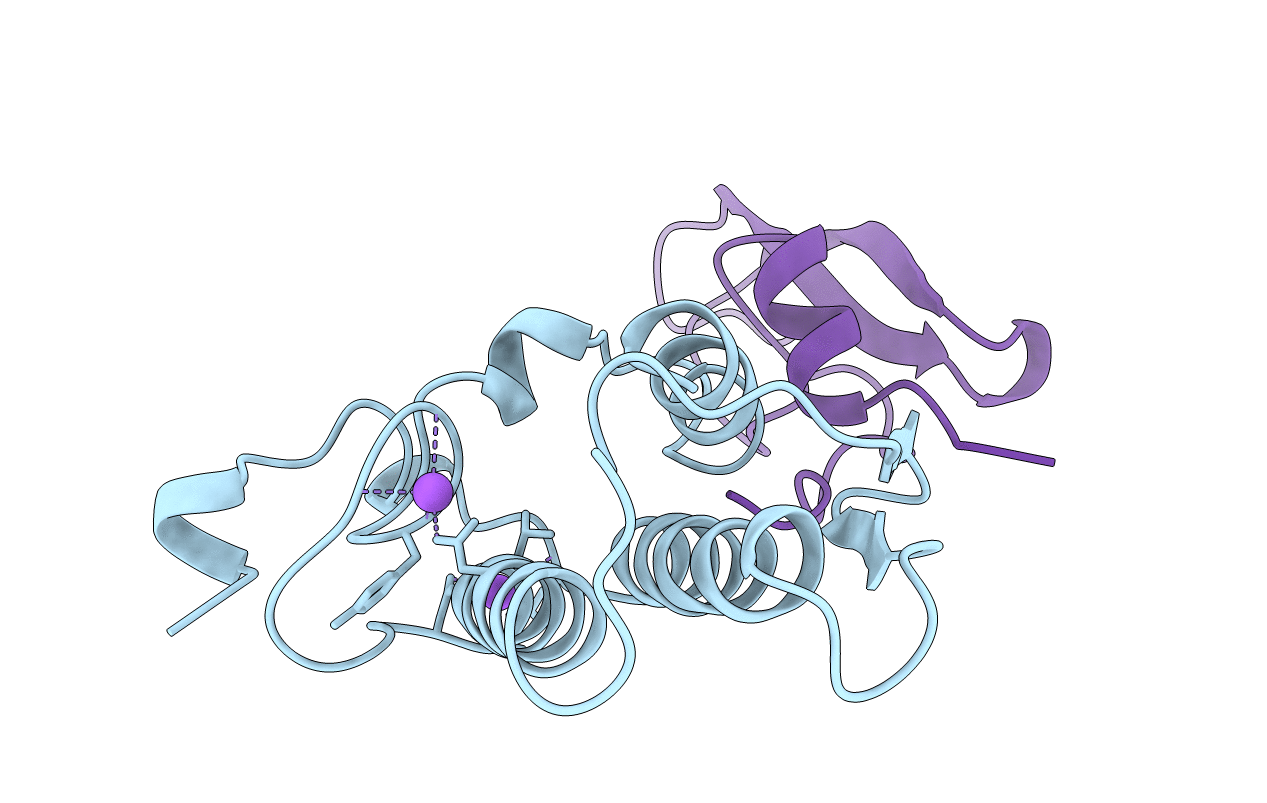
Deposition Date
1995-10-15
Release Date
1996-04-03
Last Version Date
2024-10-30
Entry Detail
PDB ID:
1BUN
Keywords:
Title:
STRUCTURE OF BETA2-BUNGAROTOXIN: POTASSIUM CHANNEL BINDING BY KUNITZ MODULES AND TARGETED PHOSPHOLIPASE ACTION
Biological Source:
Source Organism:
Bungarus multicinctus (Taxon ID: 8616)
Method Details:
Experimental Method:
Resolution:
2.45 Å
R-Value Free:
0.28
R-Value Work:
0.19
R-Value Observed:
0.19
Space Group:
P 43 2 2


